Location & Specs
Updated: 4 Jan 2023
Updated: 4 Jan 2023
Despite the production being ‘virtual’ the same rules of physical production apply and have an on flow effect to the content creation process. As a 3D artist, understanding the constraints of the physical space, the lenses and lighting are critical before you embark on creating your scenes.
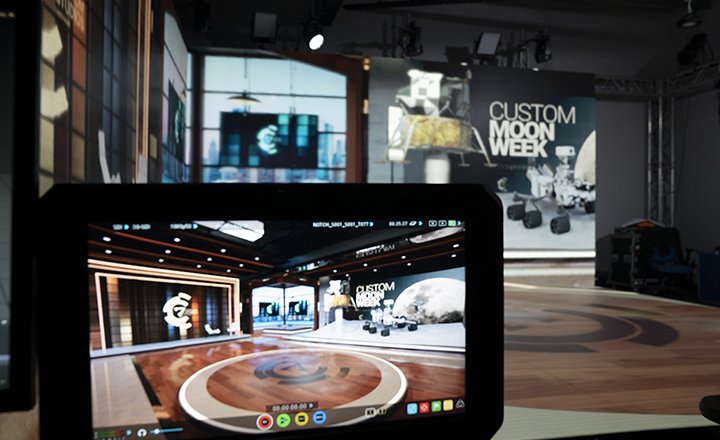
Just because you can move your camera in Notch to the perfect position, doesn’t mean the on-set camera can move to that position. Physical constraints on-site are one of the biggest causes of on-set changes to virtual sets/scenes. While you can use Notch’s live editing features, you’ll save yourself a lot of on-set pain by thinking about the physical constraints on the camera boom/crane/track and how it will impact your shot.
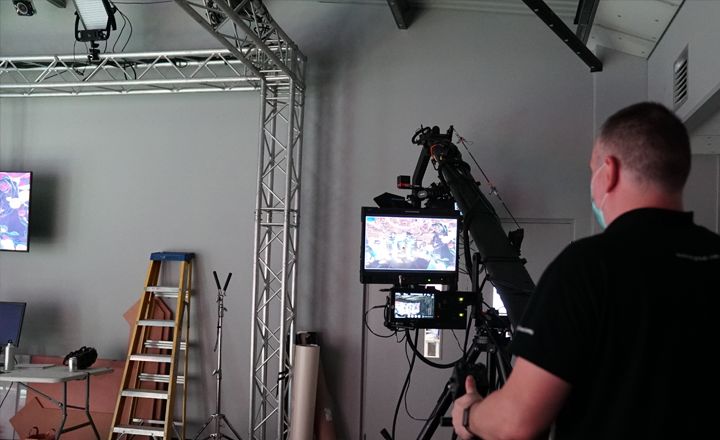
Just like with physical constraints, the camera & lens selection has a significant bearing on the creative / framing choices in Notch. Pre-visualising in Notch will help you significantly, but you will need to capture the key bits of information upfront.
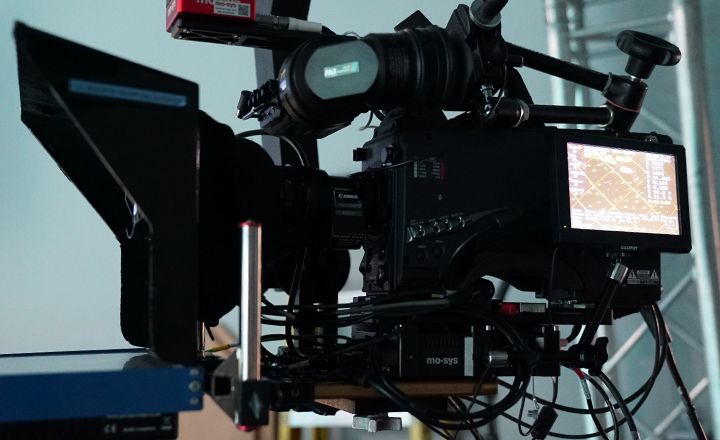
Physical lighting is often the make or break of a good virtual production shot. Your virtual and physical lighting need to gel well for looks to be convincing. This is complicated significantly in LED stages, and you’ll need to work very closely from the outset with the lighting team (if you’re lucky enough to have one) to get a good outcome. Just ‘matching’ physical and virtual lighting isn’t always the best approach. Often you’ll need to use lighting and the rendered content to find solutions to challenges like ‘grounding’ the talent, shadows and reflections. (Read more on ‘grounding’ here)
When used with a pixel mapping enabled media server, Notch can drive DMX lighting directly, which is useful for handling dynamic lighting scenes. Additionally, when using LED panels as light sources, video from Notch can directly drive the panels as video.
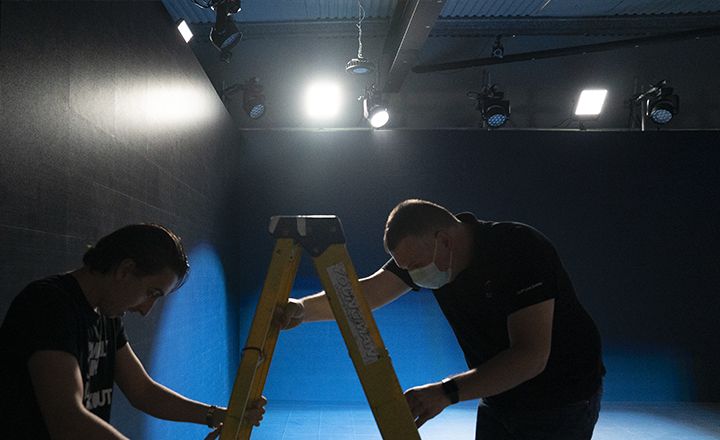
If you’re working with an LED stage, there are few specific things you’ll want to understand before you start creating content.
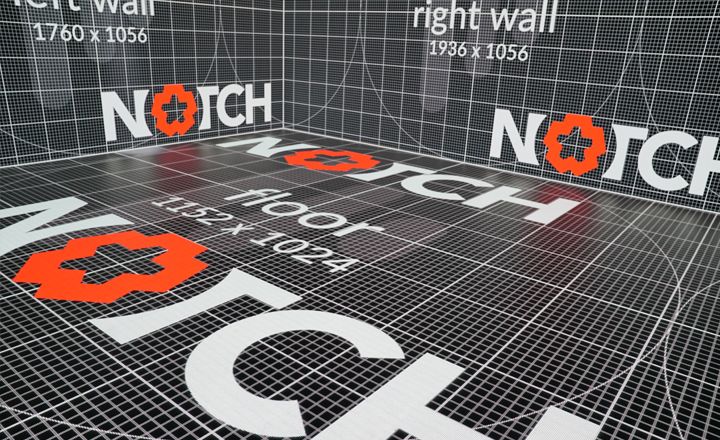 (
(